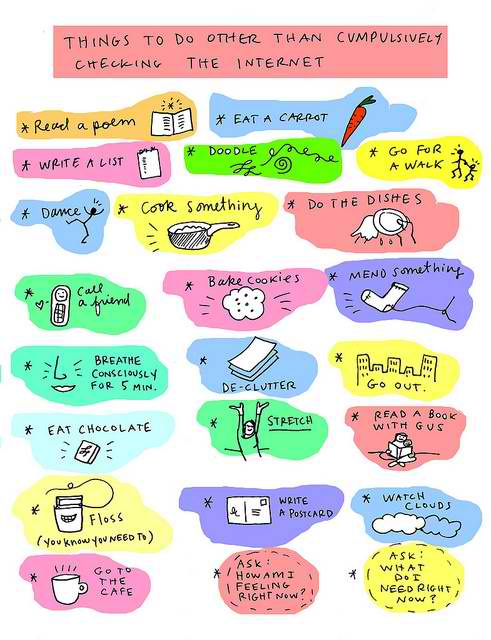This guest article is from Caleb Vognsen, a builder, gamer, and thinker. For more on Caleb, read to the bottom.
Bossless is bunk.
Perhaps you’ve heard of this “Bosslessness,” the latest pre-existing corporate substructure The Internet has now decided is trending. Perhaps you’ve heard it mostly involves de-titling everyone, then allowing intra-office relative strengths to organically emerge around compelling projects. And perhaps you’ve heard it’s profitable.
I call Shenanigans. “Bosslessness” is just a terminological shift that allows companies to convince themselves they’re not stifling innovation with sluggish bureaucracy. Do you remember the implementation of Casual Fridays? At least back then, something — your inseam, maybe — actually changed. “Going Bossless” is the equivalent of declaring a Casual Friday, then forcing everyone to go Full Victorian Steampunk, while telling them to RELAX.
Look, the most difficult thing about organizing anything, companies included, is figuring out who’s in charge. It doesn’t always have to be the same person, for the same amount of time, and they don’t always have to be in charge of everything at once. But they have to be.
Read more









